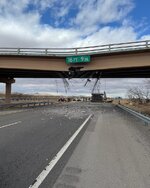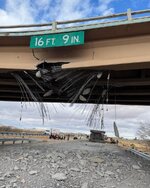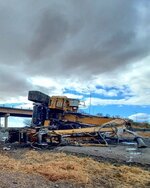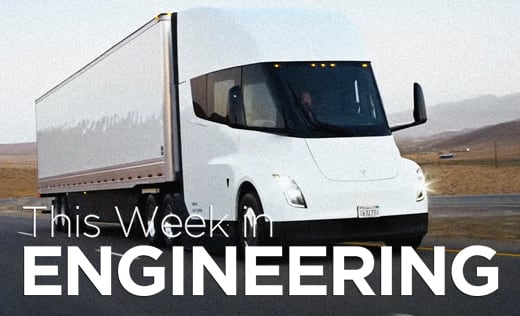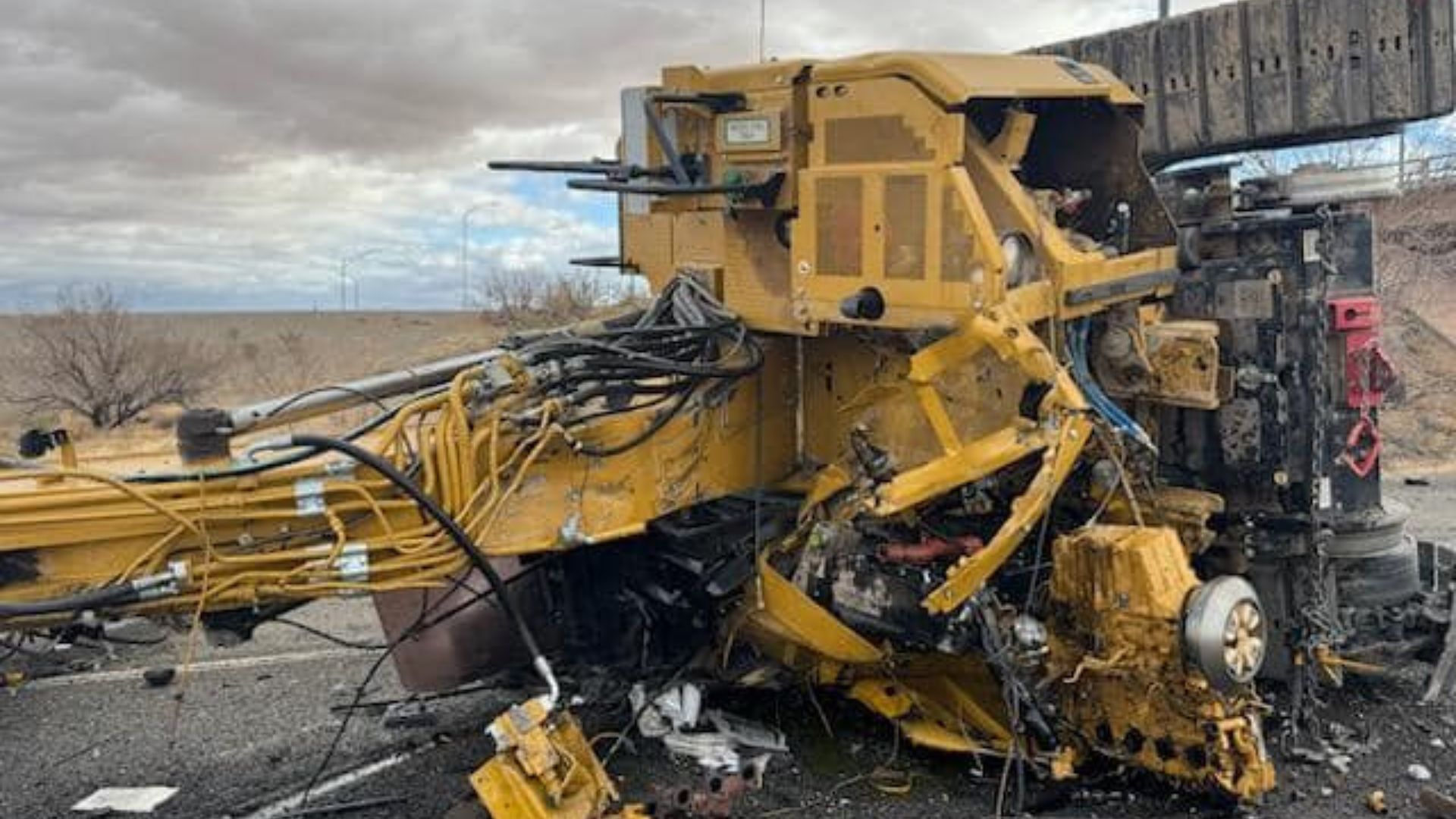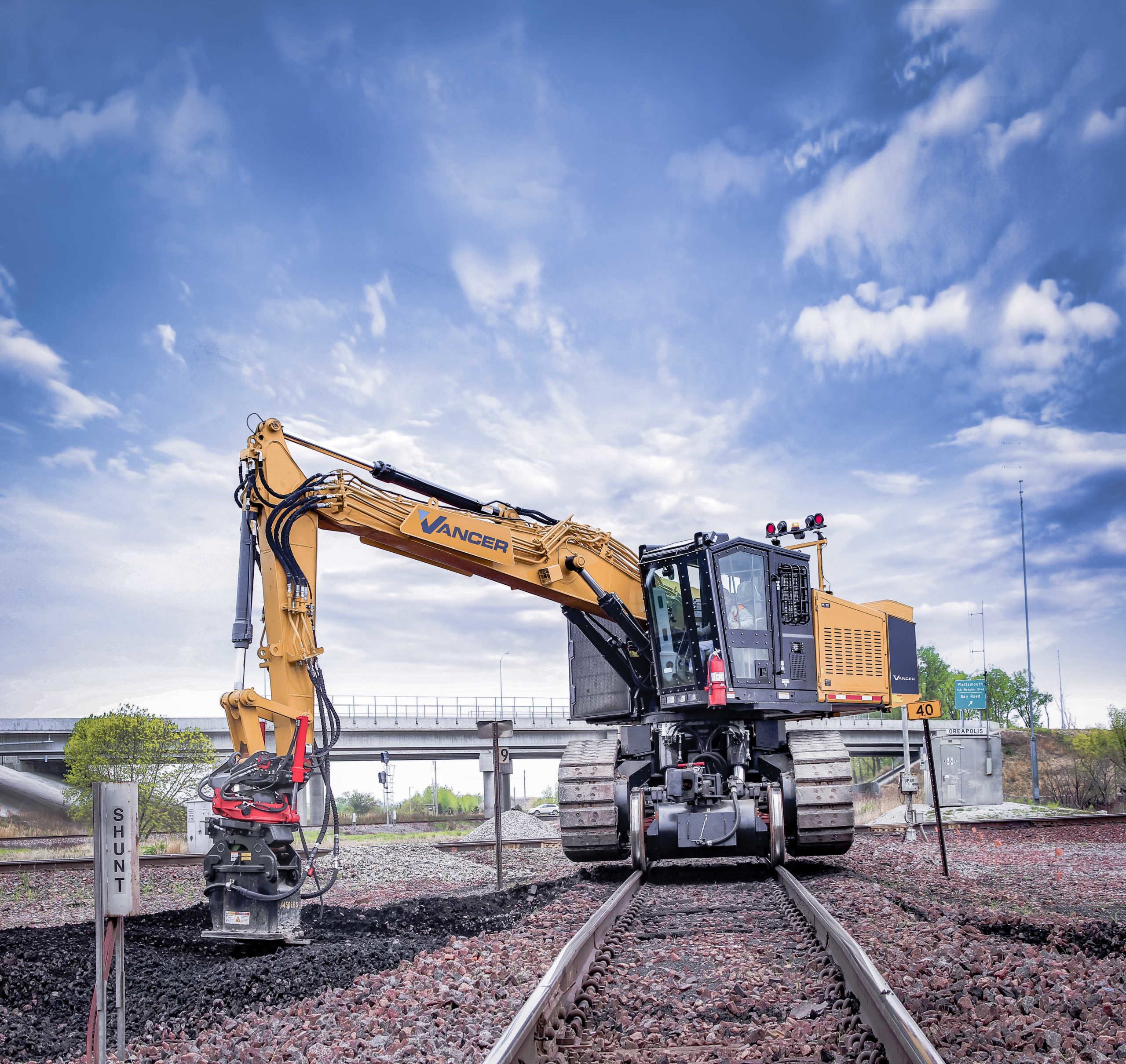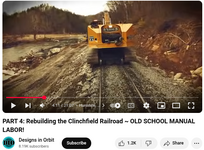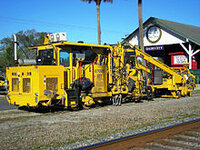pegarrett
Structural
- Jan 3, 2013
- 6
https://www.yahoo.com/news/10-west-near-lordsburg-closed-183814891.html
100% loss of prestressing strands in 3 of the beams. 40 strands per beam.
Apparently the semi was going 75mph at the time of impact.
100% loss of prestressing strands in 3 of the beams. 40 strands per beam.
Apparently the semi was going 75mph at the time of impact.

